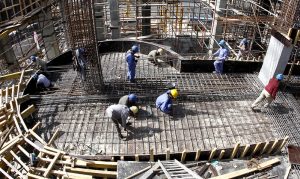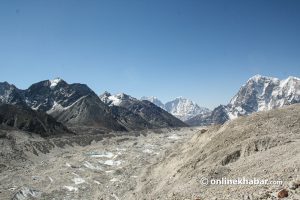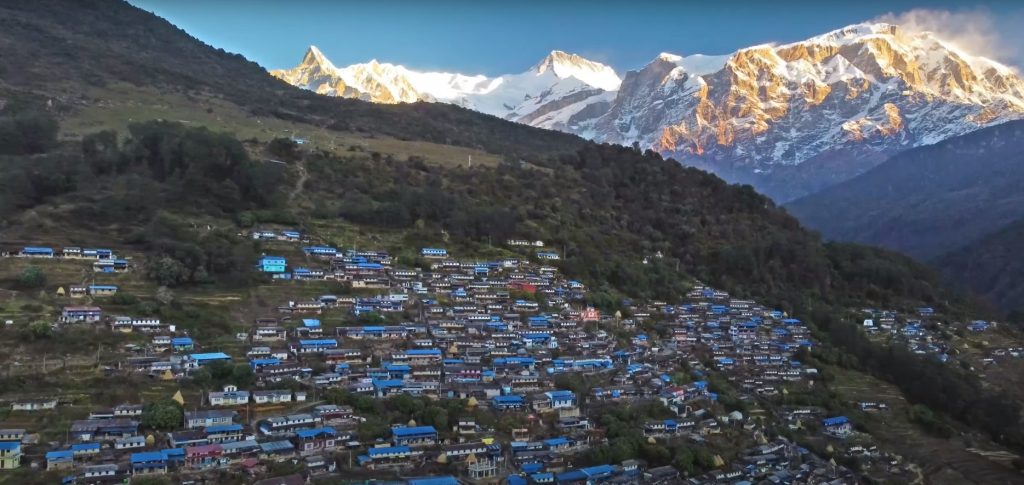
Kaski, where lies Nepal’s tourism capital Pokhara, is likely to have another cable car service. Sikles Annapurna Cable Car Pvt Ltd is going to build a cable car system in Sikles of Madi rural municipality.
The company has already submitted the environmental impact assessment report to the Ministry of Forests and Environment and has received permission for the project.
Whereas tourism entrepreneurs are hopeful of the impact the Sikles cable car project would make on their business, some concerns have also been raised about its possible negative effects on the natural environment there.
The project
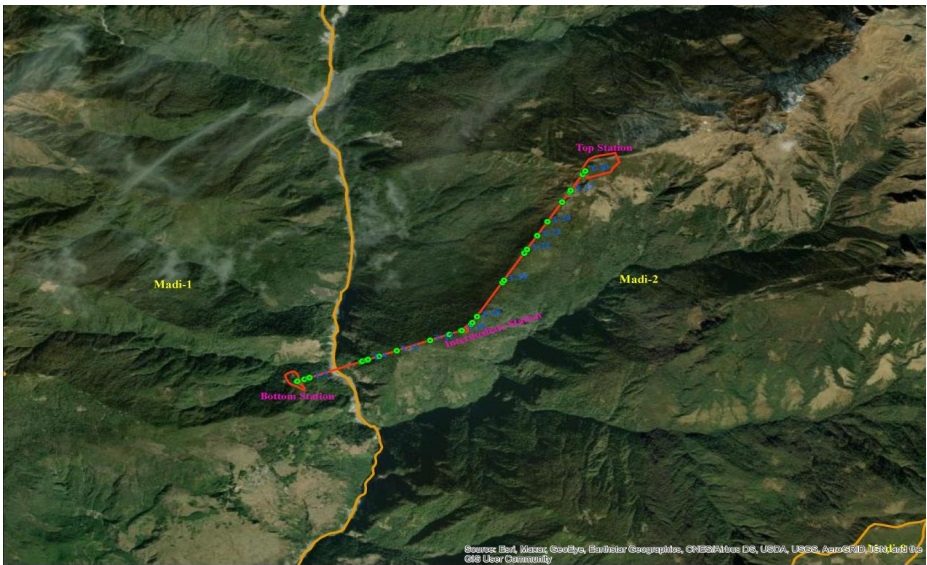
According to the plan, the project will be implemented in wards 1 and 2 of Madi rural municipality. The lower station of the cable car service will be in ward 2 and the upper station in ward 1. The lower station will be in Pwaryum of Sikles, and the upper station will be in Kori Danda. The Sikles cable car project will cover a distance of 6.5 kilometres.
The project’s total investment is estimated to be around Rs 6.9 billion. The project will cover a total of 27.99 hectares of land. The lower station will spread over 7.46 hectares, the mid-station will cover 2.04 hectares of area. Similarly, the top station will span 5.76 hectares of the area. The tower will be built on 12.76 hectares of land. This cable car will be in service for 30 years.
The project is 230 kilometres far from Kathmandu. Similarly, Pokhara International Airport is 30 kilometres away from the project.
According to the company, there will also be a walking trail from the lower station to the upper station.
Technicalities
This cable car will be different from other existing cable car systems in Nepal as it will include an additional station between the lower and upper stations. The passengers can be picked up and dropped off there. The middle station will be placed in ward 2 of Madi rural municipality, nearby Dharamshala.
According to the project design, the cable car will have 60 gondolas. In each gondola, eight people can travel at once. The cable car system has the capacity to hold 6,000 people per day. There will be 30 towers for the cable car system.
The company aims to complete the project within three and a half years. A year has been allocated for the pre-construction preparation phase.
Potential impacts
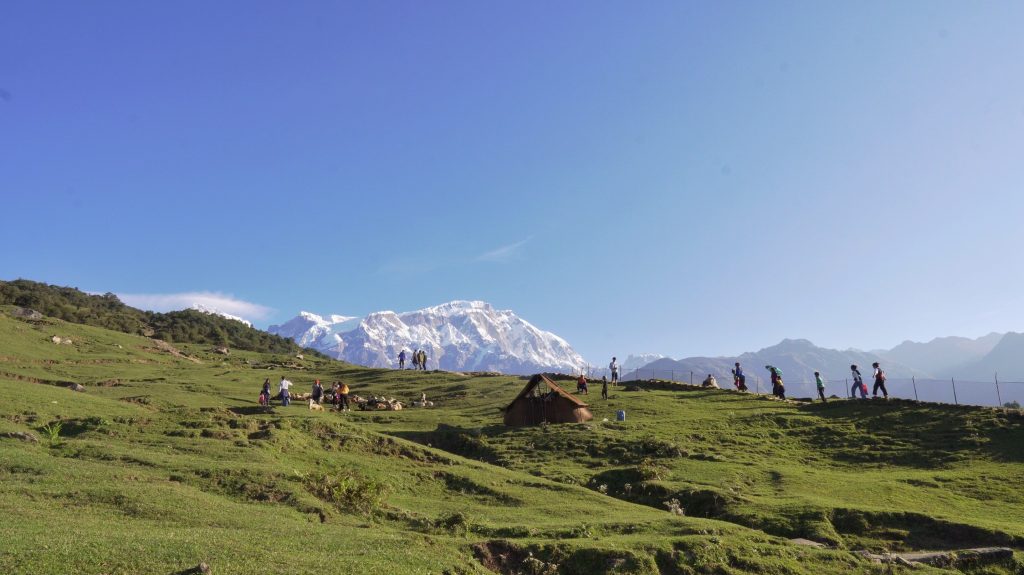
Altogether 600 people will get employment during the construction phase and 50 people will be directly employed in its operational phase. It is mentioned that the cable car will consume 2,000 kilowatts of electricity per day.
The company claims that this project will greatly benefit Sikles in particular and the Gandaki province and the entire country in general.
It is mentioned in the report that a total of 3,801 trees and poles have to be cut down for the Sikles cable car project.
But, rhododendron trees and several other species of trees will be chopped to implement the Sikles cable car project. To compensate for the deforestation, the company needs to plant the number of trees mentioned by law.
Nonetheless, the company claims that this “environment-friendly” transportation will help in preserving the environment of the Annapurna area. The accomplishment of the project will help in the growth of the local hotels, tourism spots and businesses related to the tourism sector, states the report.
This story was translated from the original Nepali version and edited for clarity and length.









